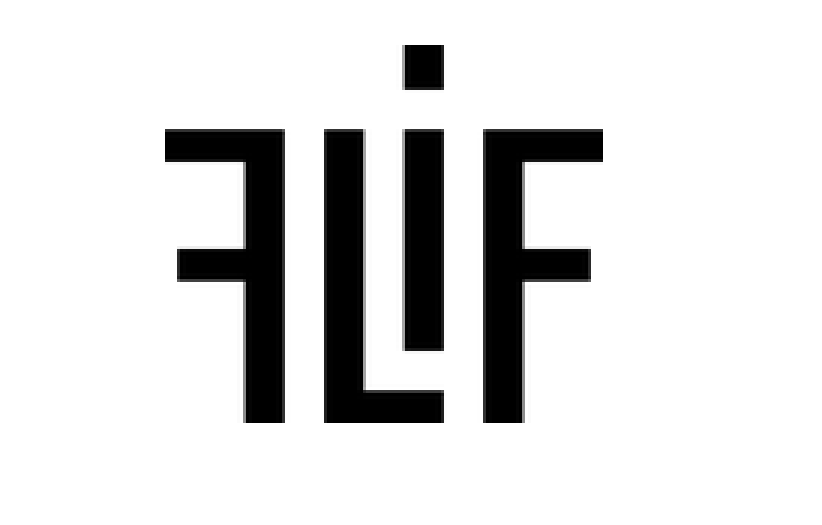
Over the years, many new image file formats have tried to take over the crown from JPEG, GIF, and PNG. None has quite received a resounding success. Well, here’s another competitor: FLIF or Free Lossless Image Format
FLIF – What’s That?
The ‘Free’ part of FLIF means it’s not tied to any patent. The image format uses arithmetic coding, which was patented but has now expired.
Lossless means there’s no loss of data when the image is compressed. No big deal, right? After all, there are already a number of lossless image format floating around for years.
Wrong!
The compression on FLIF images outperforms other lossless formats by a huge margin. On average FLIF files are 74% smaller than lossless JPEG XR files. Compared to typical PNG files, FLIF files are 43% smaller. That’s an insane file size reduction.
More Advantages of FLIF
As mentioned above, exceptional compression is one big advantage of the FLIF format. Such a feat doesn’t only apply on certain type of images. Whether you’re compressing photographs, line art, or textual graphics, they will all get a better compression rate. It’s a one-size-fits-all solution.
“Is that significant?”
Yes, very. You won’t need to worry about what kind of image you have on hand. If you save it as an FLIF image, the result will be magnificent. This can save the end users from a lot of hassle. It doesn’t matter if it’s a photograph, medical image, or geographical map, FLIF does well on all.
Next on the list is progressive decoding. This is another cool part of FLIF. To generate a reasonable quality preview, an application such as a web browser only need to read the first part of an FLIF file. It’s a handy feature for low-bandwidth situations.
“Anything else?”
Of course. FLIF is also perfect for responsive web design. A single FLIF file can be loaded partially or fully to create different variations of the same image. Software clients can get the best fitting file for its needs. It can be a downscaled version or lossy encoded image at differing quality settings.
You can say it’s as versatile as SVG files but better since it works for raster images, the kind that we mostly see on the web.
“Is there a catch to that responsiveness?”
None. The client and server only need one image file for any purpose. All kinds of optimization happen on the client side. If you’re making an image gallery, one file can serve as the thumbnail, preview, different resolution images, and the original image. Truly a versatile format.
.

